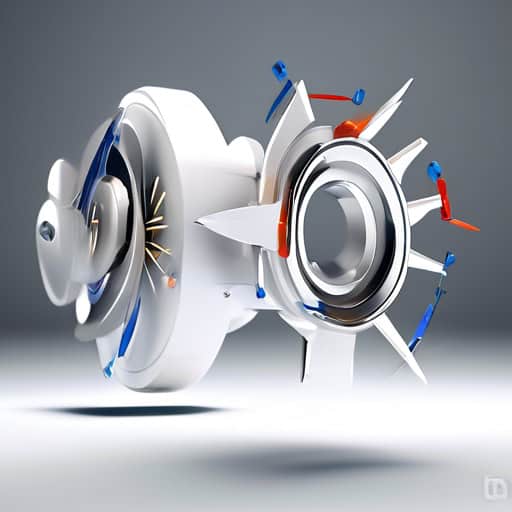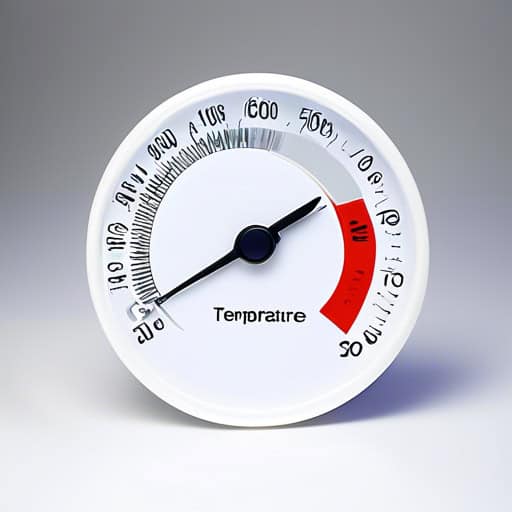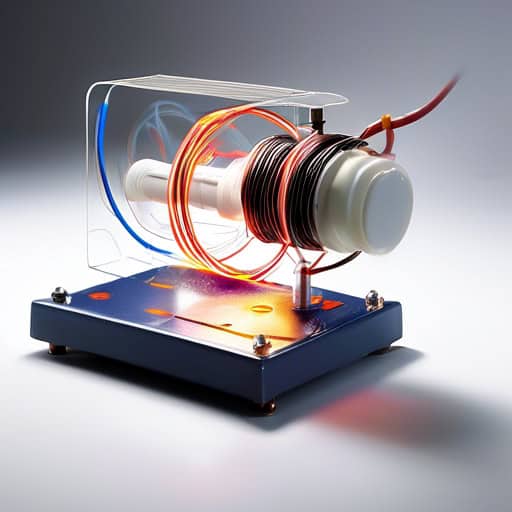On this page, you can expect to find a comprehensive physics vocabulary list with links to games, flashcards, and other resources to help you study and improve your understanding of key concepts in physics. Dive in and explore the various tools available to enhance your learning experience.
Physics is the branch of science that deals with the study of matter, energy, and the interactions between them. It seeks to understand the fundamental laws of nature that govern the universe, from the smallest particles to the largest galaxies. By using mathematical models and experimental methods, physicists explore the forces that shape our world and beyond. From classical mechanics to quantum theory, physics plays a crucial role in shaping our understanding of the world around us and continues to push the boundaries of human knowledge.
Practice & Reinforce Your Learning
Physics Vocabulary List
String Theory Terms

- The study of Calabi-Yau manifolds plays a crucial role in understanding the compactification of extra dimensions in string theory.
- Many physicists believe that the shape and size of Calabi-Yau manifolds may hold the key to solving the mysteries of the universe.
- Mathematicians continue to explore the intricate properties of Calabi-Yau manifolds in hopes of uncovering new insights into theoretical physics.

- The concept of a brane in String Theory suggests that our universe is just one of many parallel universes existing on different branes.
- Scientists believe that collisions between branes could potentially create massive amounts of energy and lead to the formation of new universes.
- The study of branes has revolutionized our understanding of the fundamental building blocks of the universe and the nature of spacetime.

- Superstring theory is a leading candidate for a theory of everything in physics.
- Researchers are actively studying the implications and predictions of Superstring theory.
- The idea of strings vibrating at different frequencies in Superstring theory has revolutionized our understanding of particle physics.

- String theory is a complex concept that seeks to unify the fundamental forces of nature.
- Many physicists believe that string theory could be the key to understanding the nature of the universe.
- The mathematical equations of string theory are incredibly intricate and challenging to solve.

- Quantum gravity is a challenging area of research that seeks to reconcile general relativity with quantum mechanics.
- Many physicists believe that quantum gravity could provide a unified understanding of the fundamental forces in the universe.
- The study of quantum gravity involves complex mathematical calculations and theoretical modeling.

- M-theory proposes that the fundamental building blocks of the universe are not particles, but rather one-dimensional strings.
- It suggests that the universe has 11 dimensions, with 10 of them being spatial and one being time.
- Scientists are still working to fully understand the implications and predictions of M-theory.

- String Theory proposes that there may be extra dimensions beyond the traditional three spatial dimensions.
- These extra dimensions could help explain phenomena in particle physics that are currently unexplained.
- Scientists are actively researching ways to detect or prove the existence of these extra dimensions through various experiments and theoretical frameworks.
Classical Mechanics

- The car experienced rapid acceleration as it sped down the highway.
- The roller coaster's acceleration caused everyone on board to feel a sudden rush of excitement.
- The rocket's acceleration was so powerful that it reached outer space in a matter of minutes.

- Classical Mechanics is the foundation of all of physics, providing a framework for understanding the motion of objects in our everyday lives.
- The laws of Classical Mechanics, formulated by Sir Isaac Newton, have stood the test of time and are still used to describe the behavior of objects on Earth and in space.
- Studying Classical Mechanics allows us to predict and explain the motion of everything from a falling apple to a rocket launching into space.

- The study of dynamics in classical mechanics helps us understand how objects move in response to forces.
- The dynamics of a system can be complex, involving various factors that affect the motion of objects.
- By analyzing the dynamics of a given situation, we can predict how objects will behave under different conditions.

- The force required to lift the heavy box was too much for the small child.
- A strong force acted upon the car, causing it to accelerate quickly.
- The gravitational force between the Earth and the moon keeps the moon in orbit around the Earth.

- In kinematics, we focus on the motion of objects without considering the forces that cause that motion.
- Kinematics helps us analyze how objects move and understand their position, speed, and acceleration.
- Understanding the principles of kinematics is crucial in predicting and describing the motion of objects in classical mechanics.

- The mass of the object is directly proportional to the force needed to accelerate it.
- The gravitational force acting on an object is determined by its mass.
- In classical mechanics, mass is a fundamental property that influences the behavior of objects in motion.

- The car gained momentum as it accelerated down the highway.
- The basketball player used his momentum to drive past the defender and score.
- The rocket's momentum carried it into orbit around the Earth.

- Newton's Laws of motion help explain why objects move the way they do.
- Understanding Newton's Laws is essential for studying physics.
- The concept of inertia is a key component of Newton's Laws.
Thermodynamics

- The internal energy of a gas increases when it is compressed.
- When a substance undergoes a phase change, its internal energy remains constant.
- The internal energy of a system can be changed through heat transfer or work done on the system.

- His work in thermodynamics has greatly advanced our understanding of energy transfer within systems.
- The amount of work done on an object is directly related to the force applied and the distance over which the force is exerted.
- In thermodynamics, work is often calculated using the formula W = Fd, where W represents work, F is the force applied, and d is the displacement.

- The temperature outside is freezing cold, so make sure to bundle up before heading out.
- During the experiment, be sure to monitor the temperature closely to ensure accurate results.
- The temperature of the liquid in the beaker rose steadily as it was heated over the Bunsen burner.

- The entropy of a closed system tends to increase over time, leading to a state of maximum disorder.
- As heat flows from a hot object to a cold object, entropy in the system increases.
- In thermodynamics, entropy is often associated with the amount of wasted energy in a process.

- The energy of a closed system remains constant unless acted upon by an external force.
- The transfer of energy in the form of heat occurs when two systems are at different temperatures.
- Renewable energy sources such as solar and wind power are becoming increasingly popular as alternatives to fossil fuels.

- Thermodynamics explains how energy is transferred and transformed in physical systems.
- Understanding the principles of thermodynamics is crucial in designing efficient engines and heat pumps.
- The laws of thermodynamics govern the behavior of all natural processes involving energy transfer.

- The heat from the sun warms the Earth's surface.
- When cooking, it is important to regulate the heat to prevent burning.
- Insulation helps to retain heat in a building during cold weather.
Electromagnetism Terms

- Maxwell's equations are essential for understanding the interactions between electric and magnetic fields in space.
- When solving problems involving electromagnetic waves, one must carefully apply Maxwell's equations to ensure accurate results.
- The study of electromagnetism heavily relies on Maxwell's equations to predict and analyze the behavior of electric and magnetic fields.

- The Lorentz force is responsible for the deflection of charged particles in a magnetic field.
- The Lorentz force is crucial for understanding the behavior of particles in accelerators.
- The Lorentz force plays a key role in the operation of devices such as electric motors and generators.

- Electromagnetic induction is used in transformers to transfer electrical energy between two or more circuits.
- Michael Faraday's discovery of electromagnetic induction in the 1830s laid the foundation for modern electrical technology.
- The principle of electromagnetic induction is also utilized in electric motors and generators.

- The battery generates an electromotive force of 9 volts.
- The electromotive force drives the flow of electrons through the circuit.
- Measuring the electromotive force across the terminals can help determine the health of the battery.

- An electromagnetic wave is a type of wave that has both electric and magnetic components.
- Electromagnetic waves can travel through a vacuum without the need for a medium.
- The spectrum of electromagnetic waves includes radio waves, microwaves, infrared, visible light, ultraviolet, x-rays, and gamma rays.

- The strength of the magnetic field around the bar magnet was measured using a gauss meter.
- Electric currents produce magnetic fields that can be detected using compass needles.
- The Earth's magnetic field helps protect the planet from harmful solar radiation.

- An electric current flows through the wires of your home to power your lights and appliances.
- The strength of an electric current is determined by the voltage and resistance in a circuit.
- Electric currents can be either direct current (DC) or alternating current (AC) depending on the type of power source.

- The electromagnetic field surrounding the power lines was causing interference with the nearby radio signals.
- Scientists use specialized equipment to measure the strength and direction of electromagnetic fields in various environments.
- The MRI machine generates a strong electromagnetic field to produce detailed images of the inside of the body.
Optics Terms

- The pencil appeared bent when placed in a glass of water due to refraction.
- The straw in the glass of water seemed to be broken at the surface because of refraction.
- The refraction of light through a prism can create a beautiful spectrum of colors.

- His reflection in the mirror showed a tired but content expression on his face.
- The reflection of the sun off the water created a dazzling display of light.
- She sat quietly by the lake, lost in reflection about her past choices.

- The camera lens captured the stunning landscape perfectly.
- She needed a new prescription for her glasses because her old lens was scratched.
- The scientist used a high-powered microscope with a specialized lens to observe the tiny organisms.

- The light passing through the prism created a beautiful rainbow on the wall.
- She admired the way the prism split the sunlight into a spectrum of colors.
- The scientist used a prism to study the properties of light.

- The Eiffel Tower is the focal point of the Paris skyline.
- In a painting, the focal point is often the area of highest contrast.
- The fireplace serves as the focal point of the living room.

- When light passes through a small slit, diffraction causes the light waves to spread out.
- Diffraction is used in various optical devices to create interference patterns.
- The diffraction of light can be observed by shining a laser through a narrow slit.

- The index of refraction of glass is typically around 1.5.
- A higher index of refraction means that light will bend more when passing through a material.
- Diamond has one of the highest indexes of refraction of any natural material.

- The telecommunications company is upgrading their network by installing new optical fiber cables.
- Optical fiber technology allows for faster and more reliable data transmission compared to traditional copper cables.
- The optical fiber internet connection provides high-speed internet to remote areas.
Quick Facts
- Physics is the study of matter, energy, and the interactions between them.
- One of the most famous physics theories is Albert Einstein’s theory of relativity, which explains how gravity works.
- Quantum mechanics is a branch of physics that deals with the behavior of very small particles, such as atoms and subatomic particles.
- The laws of thermodynamics explain how energy moves and changes within a system, such as how heat flows in a closed container.
- Physics has many practical applications, including the development of technology like computers, lasers, and medical imaging devices.
